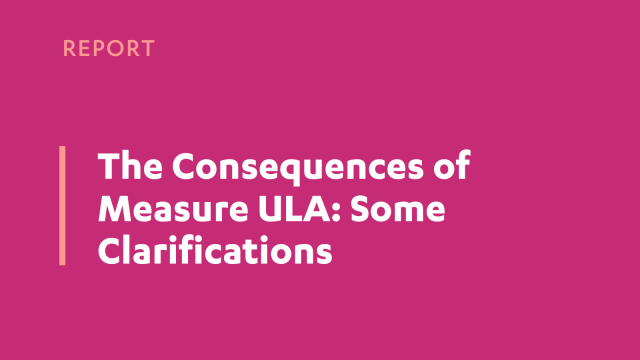How Los Angeles Can Build Social Housing Under Measure ULA’s Alternative Models Program
This report explores how Los Angeles can implement a sustainable, equity-driven social housing program under Measure ULA’s Alternative Models program. In response to the City’s deepening housing crisis, the report examines policy and statutory frameworks, reviews literature on social housing, and analyzes case studies from Vienna, Paris, and Montgomery County, Maryland.
Measure ULA, passed by voters in 2022, provides a dedicated funding source, currently projected between $149 million and $165 million, for alternative housing models that prioritize deeply affordable units (20% for households earning 0-30% of AMI), while permitting up to 20% market-rate units to ensure financial viability.
International case studies offer transferable lessons: Vienna’s cost-rent and dual subsidy model reduces construction costs and ensures long-term affordability; the Paris region demonstrates how coordinated public planning and land use policies can double housing production; and Montgomery County’s revolving loan fund enables cross-subsidization and scalable development.
This report concludes that Los Angeles can adapt a hybrid approach, leveraging its strong rental market and public funding under ULA, but further strategies are needed to achieve deep affordability and scale. Recommendations include establishing a diversified public financing framework, maximizing public land use, streamlining permitting processes, and strengthening institutional capacity, potentially through a public development authority. These insights provide a roadmap for transforming Los Angeles’s housing landscape through inclusive, permanently affordable social housing.



